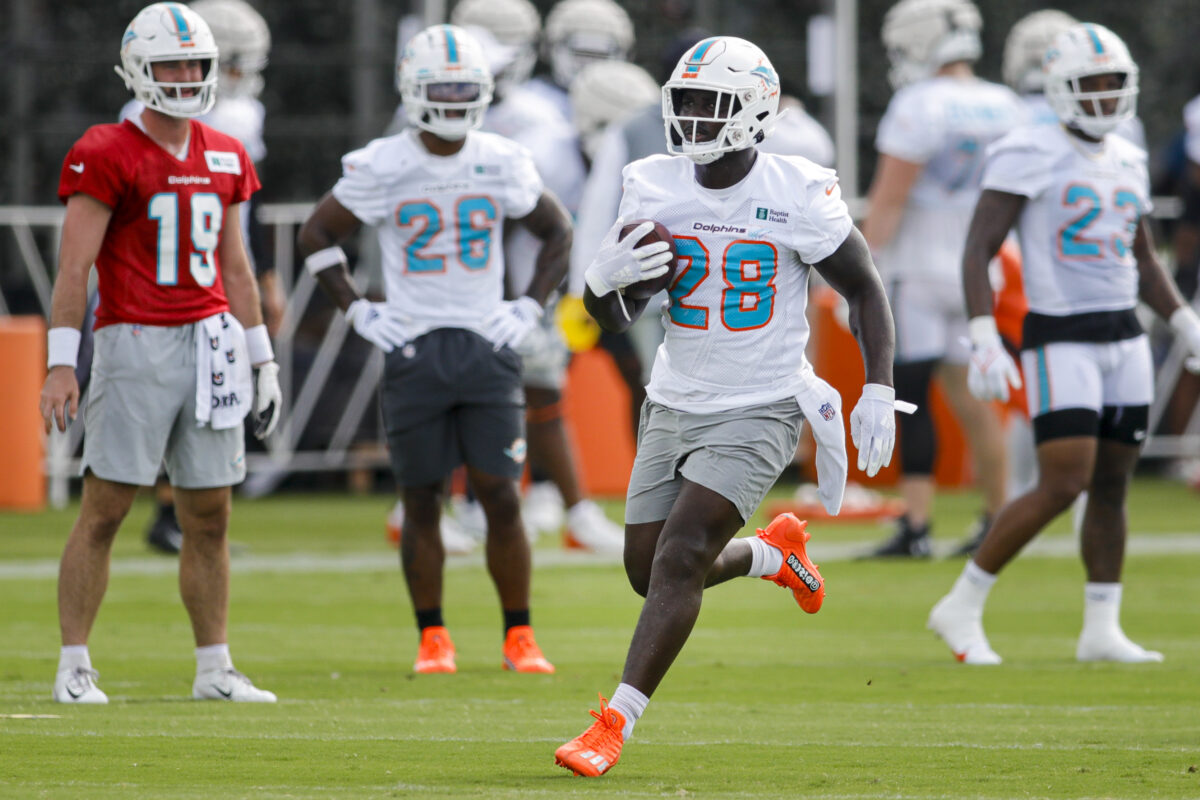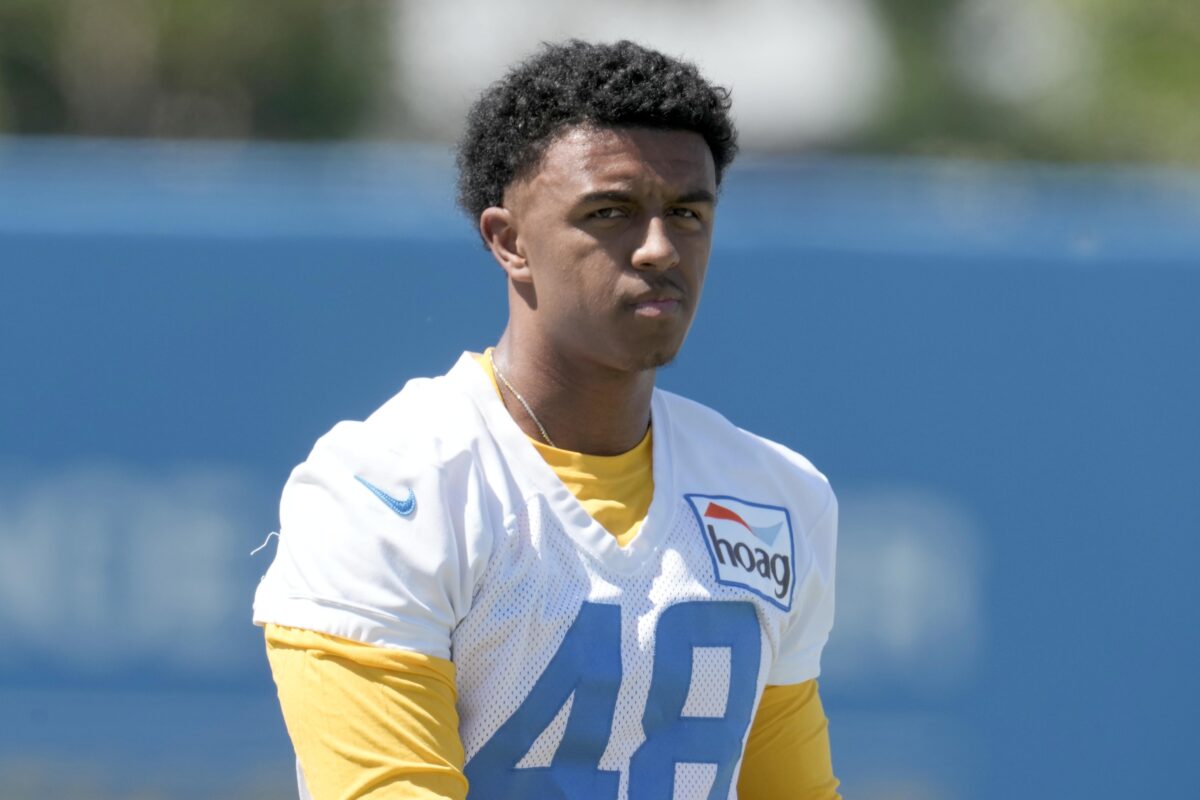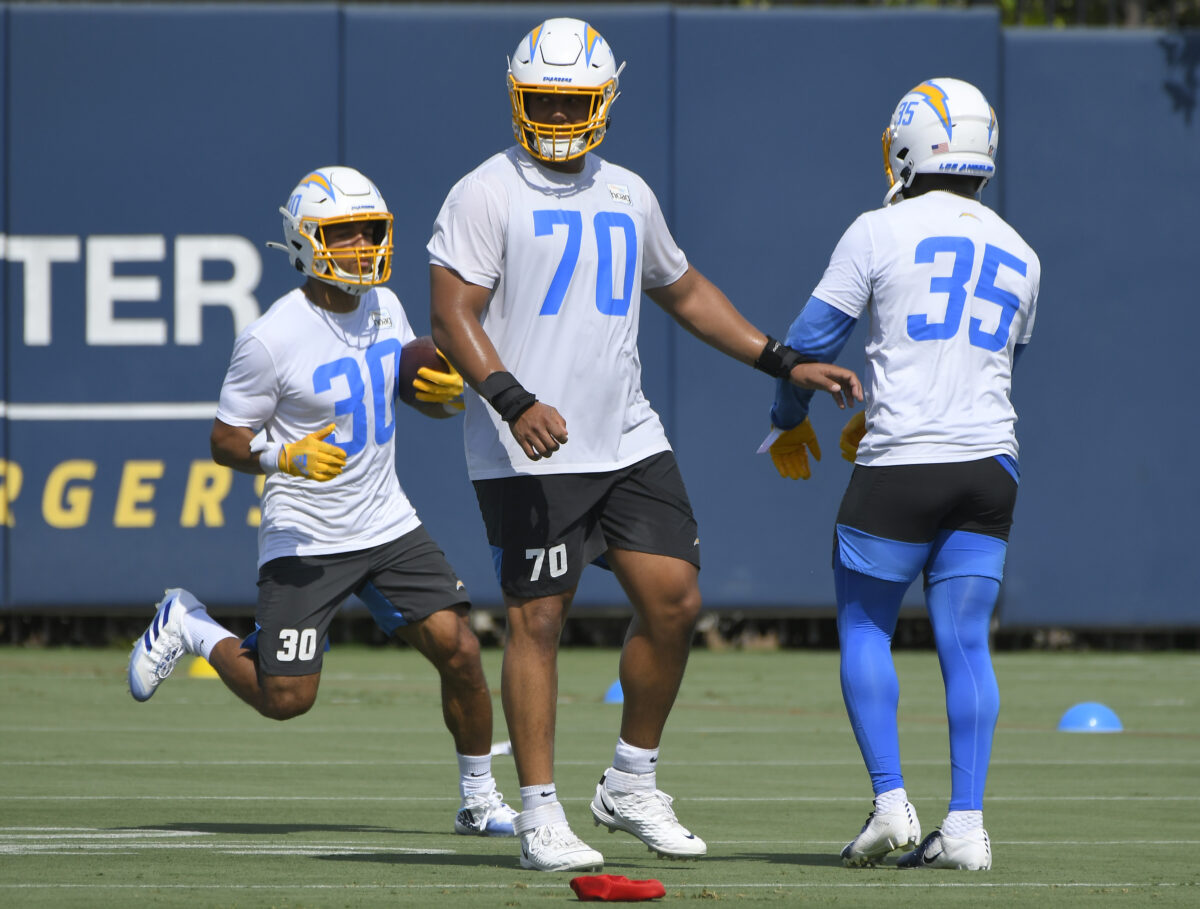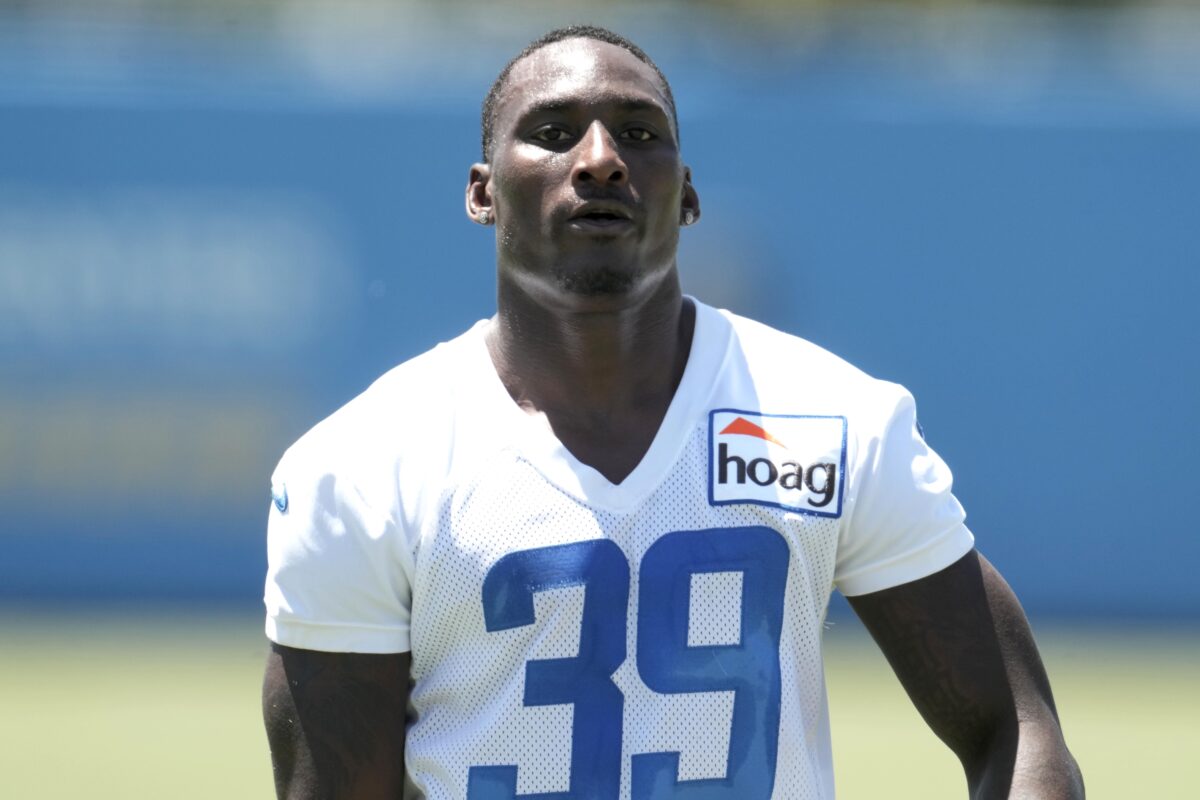The Chargers made a move quickly after setting their initial 53-man roster, signing running back Sony Michel on Wednesday.
So what does the signing mean for Los Angeles?
Added depth at running back
Despite making the initial roster, Larry Rountree III was upgradeable. That point was hammered home when a flood of talented running backs was released as part of final roster cuts, and many speculated that the Chargers would be working the phones to bring at least one of them in. The mechanics here make sense: Los Angeles likes Rountree. They kept him on the initial 53 because they were comfortable with him being the fourth running back if they couldn’t reel in any of the cuts from other teams. But undrafted free agents Leddie Brown and Kevin Marks Jr. didn’t make a strong impression this preseason, leaving L.A. without a practice squad running back in the initial 14 they announced Wednesday. By bringing in Michel, Rountree will likely move to the practice squad if he clears waivers, giving the Bolts five running backs they like and feel confident with.
Michel’s role
The depth chart at running back is much cloudier because Michel has the talent to slot in anywhere from second to fourth running back on game days. Joshua Kelley looked like a much-improved player this preseason. Getting rookie Isaiah Spiller reps will be a focal point in his development. Taking away carries from Austin Ekeler is a delicate balance – he’s one of the best players on the team, so you want him to have the ball. At the same time, lessening his workload so that he’s still relatively fresh for a potential playoff run is paramount. Ekeler is going to take the lion’s share of the work in the receiving game, however. Kelley didn’t show much as a pass catcher, but he’s a solid pass blocker. Michel will likely end up serving as the power back Rountree was supposed to be, a role that Kelley and Spiller can fill, but not as well as Michel.
Special teams
Michel’s fit on special teams is far from seamless. The 27-year-old has only taken 80 career snaps on special teams across his four seasons with the Patriots and Rams and didn’t play a single special teams snap this preseason with Miami. Michel’s primary role on special teams has also been as a returner, not a blocker or defender. Booting Rountree off the roster in favor of the veteran likely says that the Chargers are comfortable with cobbling Rountree’s special teams role together using Kelley, Spiller, fullback Zander Horvath, and tight end Tre’ McKitty.




